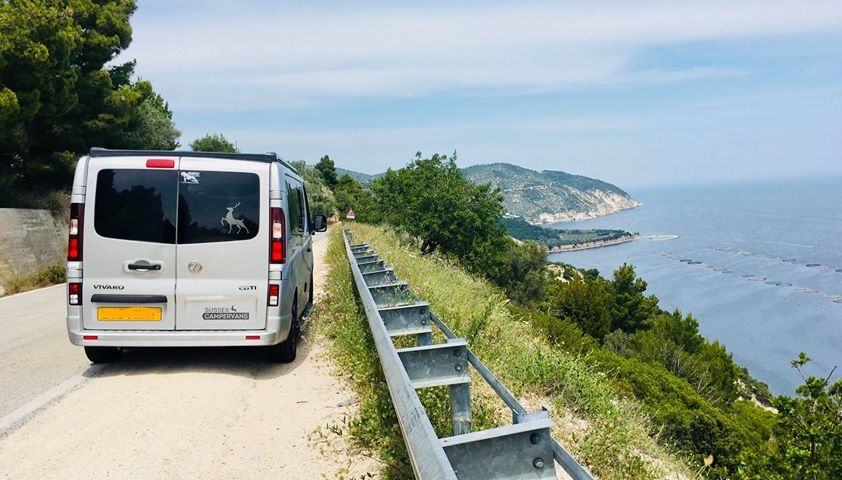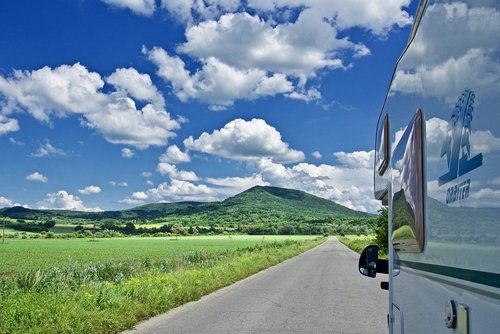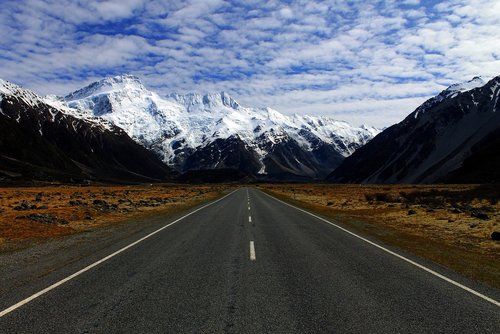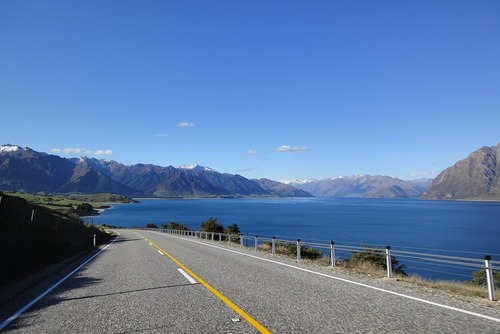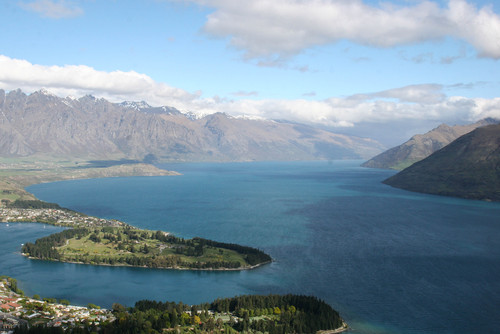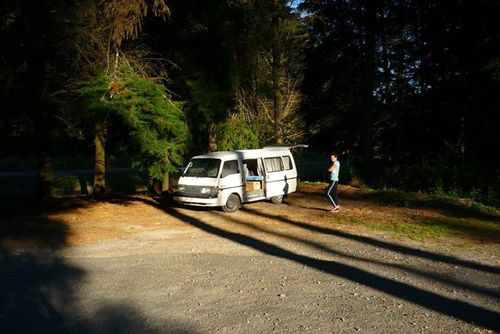Where to Go
Europe is a huge diverse continent with culture, history, scenery and amazing towns, cities and countryside. There are so many places to choose from and where you go really comes down to personal preference. You will have to decide how far you want to go, and for how long. Some of the most popular destinations to consider include France, Germany, Romania, Spain and Portugal.
Buy? Rent? Which Campervan to Choose
There is the option to buy or rent a campervan, and there are lots of differnent models to choose from.
If it is your first trip away, or you are only looking for a short break away then renting might be your best option. If you already have a love for motorhomes, or plan doing lots of trips in the future, then buying is probably the best and cheapest option for you.
If you are unsure which type of campercan to buy/rent, we recommend travelling abroad in a small campervan as it offers so many advantages over large motorhomes or any other types of foreign holidays. For a start, it’s cheaper to book a compact campervan onto the ferry. With car-like fuel consumption, small campervans will eat up the miles rather than the fuel - it’s just one of the ways a small campervan saves you money and makes your budget go further than large motorhomes or tow car and caravan combinations.
Another advantage of driving a small campervan abroad is that if you have the latest Euro 6 compliant engine, you should be allowed to drive in most cities with low emission zones.
Small campervans pay less at the motorway toll booths in Europe, too. European motorway tolls vary according to the height and weight of the campervan you are driving, so if your camper is less than 2m tall (and under 3.5 tonnes gross vehicle weight) it will be classified as a light vehicle - the same as a car (Category 1). This certainly applies to mini campers, such as the popular Nissan NV200 Campervan.
Taller campervans, from 2-3m tall (and under 3.5 tonnes GVW) are classed as intermediate vehicles for toll charges (Category 2). Whether you own a long or short wheelbase campervan does not seem to matter.
Large motorhomes taller than 3m high and more than 3.5 tonnes GVW are charged a lot more at the European motorway toll booths - more like trucks (Category 3). And the heavy twin-axle motorhomes pay even more (Category 4). HGV lorries more than 3m tall, triple axles or more, weighing over 3.5 tonnes GVW are charged the most of all (Category 5).
So if you want to tour Europe in comfort, buy a small campervan and save money on ferries, tunnels, motorway tolls and fuel! You could also buy an electric campervan and be eco conscious.
Checklist
Here’s our drivers’ checklist of the essentials you need to take whenever you take your campervan to Europe:
Paperwork required
- Full driving licence (plastic is fine - you don’t need the old paper copy with it)..
- International Driving Permit, if you have one. (Available from the Post Office - it’s £5.50 well spent, as it will permit you to drive abroad whether we are in the EU or not at the time of your trip.)
- V5c vehicle registration document to prove you are the owner or keeper of your campervan.
- MoT certificate (for campervans more than 3 years old).
- Vehicle insurance documents. (Check the small print to see which countries are covered and whether that is fully comprehensive cover or just third party, fire and theft.)
- Green Card insurance document. (Needed outside the EU and gives peace of mind within Europe, in case we leave the EU while you are away.)
- Travel insurance documents (covers your health care abroad). According to SchengenVisaInfo, if you are traveling within the Schengen Area countries you should have travel insurance coverage.
- EHIC health card (proves your right to basic health care in the EU. We advise travel insurance as well.)
- Passport - in Europe’s Schengen Area countries you need more than three months left on your passport before the expiry date. It’s easy to check with the www.gov.uk website. At the time of writing, you can visit any country in the EU Schengen Area for up to 90 days without a visa. If Britain leaves the EU without a deal this will change. For instance Italy will require you to have more than six months left on your passport and may ask if you have the funds to support your visit. Britons would also have to use the ‘non-EU’ lanes at passport control at the border.
- Check the latest passport and visa requirements for any country in the world that you may want to visit on the government website.
- Vehicle handbook, warranty and service record so that you can go to the base van’s manufacturer’s network of main dealers if you need any warranty work abroad. This might be Nissan, Renault, Volkswagen, Ford or Vauxhall depending on the van that was converted into your campervan.
- Holiday insurance (to include healthcare).
- EHIC card from Post Office should provide some reciprocal health care in European Union countries, but is not as good as holiday insurance.
Practical Items Required
These are some important things you might want to buy before departing:
- ‘Beam bender kit’ or headlight adjusters so that you don’t dazzle oncoming traffic when you’re driving on the right.
- A warning triangle for breakdowns.
- Hi-vis vests or jackets for everyone in the campervan.
- First aid kit.
- Basic toolkit.
- Spare bulb kit.
- Torch and spare batteries (or a wind-up torch).
- Small portable fire extinguisher (check expiry date on it regularly).
- GB number plate or sticker for the rear of your campervan.
- Two pairs of spectacles, if you need glasses for driving.
- Two breathalyser kits (just in case of checks).
- Tyre inflator (plugs into 12V socket)
- Spare tyre, jack.
- Duct tape.
- LPG tank adaptor (if you have a refillable gas tank).
- GB sticker or number plate with built-in GB symbol.
- Maps or satnav with up-to-date mapping for the area you’re visiting.
Campervan Speed Limits
Do check the speed limits for each of the countries you are planning to visit. Campervans classified as motor caravans can generally drive at the same speed as cars, unless they’re big coachbuilt motorhomes weighing more than 3.5 tonnes GVW.
The general speed limit for motorways within the rest of the EU is mostly 120 km per hour (74 mph) or 130 km per hour (81 mph). Germany famously has no overall speed limit on autobahns, but a recommended speed of 130 km/h (81 mph). When you’re in Germany it’s best to overtake quickly and then return to the inside (right-hand) lane of the autobahn immediately. For rural roads in the EU the speed limit tends to be mostly 80 (49 mph) or 90 km/h (55 mph and for urban roads it’s 50 km/h (31 mph). Look for speed limit signs while driving.
If you’re driving within or outside Europe, please check speed limits for campervans here: https://www.caravanclub.co.uk/overseas-holidays/planning-your-route/european-speed-limits/
Speedo Overlay Conversion Kit Stickers: Miles to Km
If your speedometer does not clearly show km as well as miles, there are overlay stickers you can buy to make it easier to tell if you are breaking the speed limits when driving your camper abroad. It’s certainly easier than memorising the conversions.
Both Amazon and eBay sell ‘universal speedometer conversion kits’, some of which are clearer to read than others.
Campervan & Motorhome Overseas Insurance
When you leave the UK your normal vehicle breakdown cover may not cover you. Do check with your provider and if necessary buy a new policy.
Decide if you need:
- Single trip overseas campervan breakdown cover
- Multiple trip overseas campervan breakdown cover
- Extended overseas campervan breakdown cover
Breakdown insurance companies are in constant competition with each other to offer you the best deals, so the best advice is to compare prices through a comparison website such as Gocompare. It’s also worth considering the specialist cover offered by the big clubs - The Camping & Caravanning Club offers ‘Arrival’ campervan breakdown cover in the UK and overseas, backed by the RAC.
The Caravan and Motorhome Club offers ‘Red Pennant’ overseas travel insurance with a range of options to cover both you and your campervan.
Service the Campervan Before You Go
In advance of your departure date, you will need to do some basic vehicle checks - or get your local garage to do a full comprehensive service to make sure everything is running smoothly. Things to consider include:
- Check oil levels and take spare oil with you.
- Check tyre pressures and tread.
- Top up the screenwash and check coolant levels.
Enjoy the Experience
Taking a motorhome or RV, or even using a car and caravan or trailer tent abroad can prove to be an amazing experience for overseas touring holidays. You'll get the freedom to see new destinations, go off the beaten track, meet new people and be more than your average tourist. ANd with all the home comforts built in to a modern campervan, you’ll wonder why you didn’t do this type of trip sooner.

